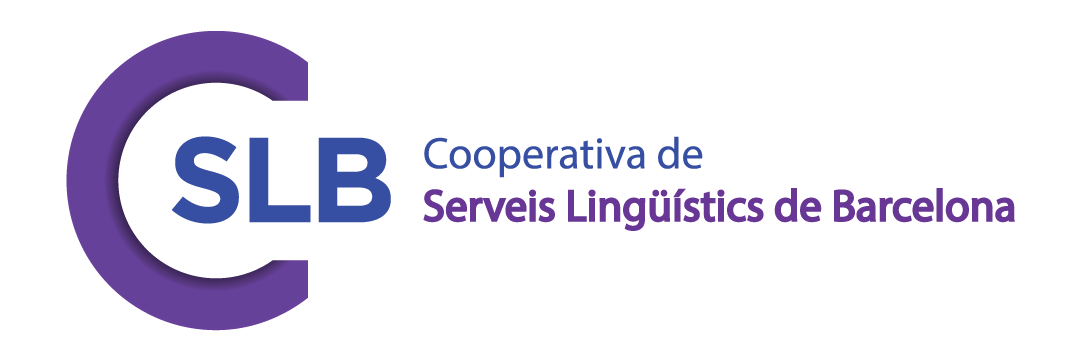[dt_intro_text type=”type1″]
The third edition of our Task-Based Language Teaching: From theory to practice course is now available for registration, and is due to begin in October 2020. Early bird prices are on offer until the end of August.
Here, course director and tutor Neil McMillan talks about four important updates to this TBLT online course.
[/dt_intro_text]
Our TBLT: From theory to practice course has enjoyed two successful runs since we first kicked off in February 2019, and each time we have endeavoured to evaluate and improve the course by taking careful account of participant feedback as well as of innovations in the field of TBLT. For this course, we are implementing four major updates which we believe will make the course even more relevant and engaging to teachers and course designers who want to implement a TBLT approach.
1. Make it more task-based!
As an approach to language learning, TBLT is based on meaningful tasks, relevant and needful to learners, and we have tried from the beginning to base our course about TBLT on the same building blocks. As Van den Branden (2006) argues, task-based teacher education should be task-based as well. For this course, we have simply made this principle more explicit and joined up. Participants are asked to choose a context in which they want to implement a TBLT approach—whether this is a vocational training, academic purposes or “general language” setting (i.e. where students do not seem to share specific needs)— and complete five key tasks (Output tasks as we call them) relating to this implementation:
- Present TBLT to teachers and other key staff, explaining the rationale behind adopting it, the benefits to learners and the changes that will need to be made at both institutional and classroom levels.
- Design a process for conducting a needs analysis of the community of learners for whom the TBLT programme is proposed.
- Design a pedagogic unit, a sequence of classroom tasks to prepare learners for the performance of a real-life target task identified by needs analysis.
- Reflect on and evaluate a lesson delivered to practise part of the pedagogic unit, taking into account the application of methodological principles specific to TBLT.
- Design a task-based assessment to evaluate learners’ performance of a specific task.
All of this, we feel, will provide excellent preparation for future participation in a real-world TBLT implementation.
2. Include more focus on technology-mediated TBLT
One of the most interesting facets to recent developments in TBLT has been that of technology-mediated TBLT. It is not only that courses are increasingly being delivered using new technologies; it is also that many of the tasks that learners need to complete in their everyday lives involve technologies, and the use of these technologies has an impact on the use and development of language skills.
As González-Lloret & Ortega (2014) argue, TBLT needs to take account of this, but further, the teaching of languages through technologies can benefit from programmatic TBLT thinking. On our course we aim to reflect these developments by including technologies at all stages of TBLT programme design, from needs analysis through to assessment. We look at examples of tech-mediated TBLT courses, including one designed by SLB for a community project in Barcelona during the COVID-19 lockdown, and explore the key factors to consider in terms of available tools, issues of access, digital literacies for teachers and learners, and how tech can influence task complexity and language production.
3. Make the course more affordable and accessible
From previous course evaluations, we know that not all our participants are able to access institutional funding to take our course, and that some have found the cost to be a barrier. Although we have tried to make the course as affordable as possible, we felt it was time to introduce a lower-priced version. So now we distinguish between participants aiming for full certification, and those looking for a certificate of participation. This second group can still access all the content and take part in the forum activities; the key difference is that they won’t have their Output tasks graded by tutors, although there will be an option for peer evaluation.
The table below shows the two pathways and the features available in each.
[table id=23 /]
4. Improve the overall look and feel
Finally, for this course we felt that it was time to spruce things up a little bit and give the course a cleaner look and feel. The result is that it is now easier for participants to see their progress through the course, and session pages have been decluttered to help you focus on the most important thing, the course content itself. Meanwhile, the ease of communication between participants and tutors has remained a priority.
We hope you’ll agree that the course looks better than ever. Take a look at our sample session for a preview, or head over to our main course page for more details and to reserve your place!
References
[zotpress items=”{6419968:9KJ4W45I},{6419968:Z4ZNC7P8}” style=”apa”]
